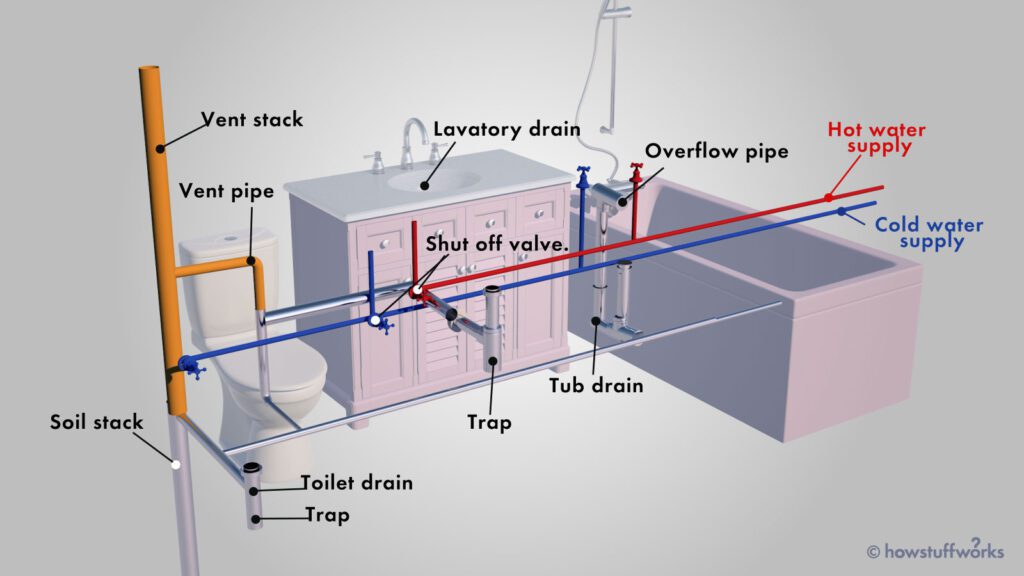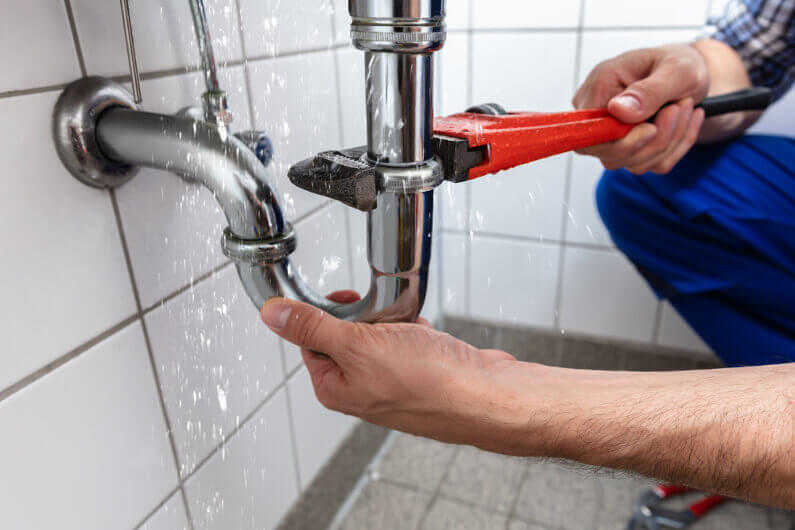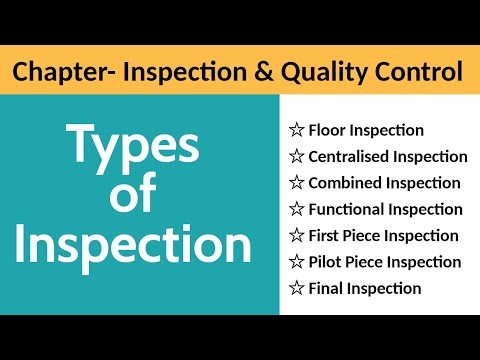Are you in need of a reliable test for your house sewer? Look no further! This article will guide you through the different tests available and help you choose the most suitable one for your needs. From smoke tests to dye tests, we will explore the pros and cons of each method, allowing you to make an informed decision. Say goodbye to sewer issues once and for all!


Common Sewer Issues
When it comes to your home’s sewer system, there are several common issues that you may encounter. Being aware of these issues can help you identify any potential problems and take appropriate action. Here are four of the most common sewer issues you may face:
Pipe Blockages
One of the most frequent problems that homeowners face with their sewer system is pipe blockages. These blockages can occur due to a buildup of debris, grease, or other materials that restrict the flow of wastewater. When a pipe becomes blocked, it can lead to slow drains, gurgling noises, and foul odors in your home.
Leaky Joints
Another common sewer issue is leaky joints. Over time, the joints in your sewer pipes can deteriorate or become damaged, leading to leaks. Leaky joints can cause water to escape from the pipes and seep into the surrounding soil. This can not only damage your property but also attract tree roots and contribute to further problems.
Root Intrusion
Tree roots are naturally drawn to sources of water, making your home’s sewer system an attractive target. Root intrusion occurs when tree roots grow into sewer pipes through small cracks or joints. As the roots continue to grow and expand, they can cause significant damage to the pipes, leading to blockages and leaks.
Pipe Damage
Lastly, pipe damage can occur due to a variety of factors, including age, poor installation, or external forces like ground movement. Damaged pipes can result in leaks, blockages, and even complete pipe failure if not addressed promptly. Identifying pipe damage early on is crucial to prevent further deterioration and costly repairs.
Signs of Sewer Problems
Detecting sewer problems early on is essential in order to prevent further damage and costly repairs. Here are some common signs that indicate you may have sewer issues:
Slow Drains
If you notice that your sinks, showers, or toilets are draining slowly, it could be a sign of a sewer problem. Slow drains are often caused by a blockage or clog in the sewer line, preventing wastewater from flowing freely. If multiple drains in your home are experiencing slow drainage, it’s a good indication that the issue lies within your sewer system.
Gurgling Noises
Unusual gurgling or bubbling sounds coming from your drains or toilets can also indicate a sewer problem. These noises occur when air becomes trapped in the pipes due to a blockage or leak. Gurgling noises should never be ignored, as they can be a warning sign of a more significant issue within your sewer system.
Foul Odors
Foul odors emanating from your drains or outside your home can be a telltale sign of sewer problems. These odors are often caused by sewer gases escaping through cracks or leaks in the pipes. If you detect a persistent, unpleasant smell, it’s important to investigate the source and address it promptly to maintain a healthy living environment.
Multiple Clogs
Experiencing frequent and persistent clogs in different drains throughout your home can be a strong indicator of sewer issues. When there is a blockage or problem within the sewer system, it can affect multiple drains simultaneously. If you find yourself constantly dealing with clogged drains, it’s essential to address the underlying cause to prevent further complications.
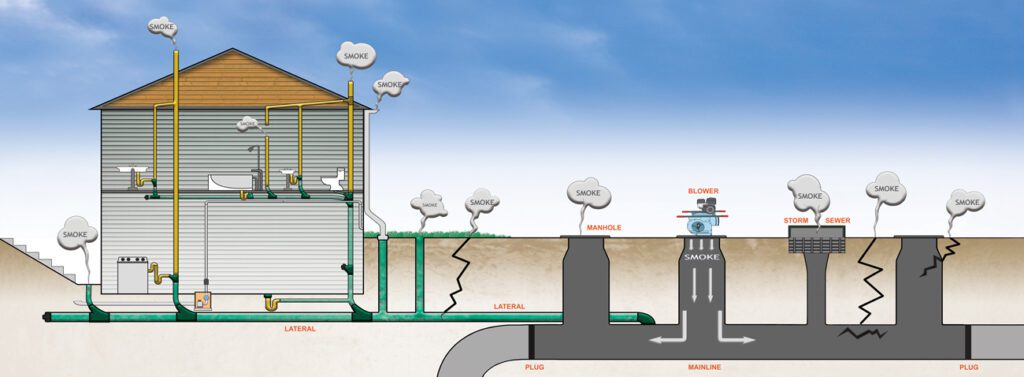

Importance of Proper Sewer Testing
Proper sewer testing plays a vital role in the maintenance and longevity of your home’s sewer system. By regularly testing your sewer lines, you can identify any potential issues, prevent extensive damage, and safeguard both your health and hygiene. Here are some key reasons why proper sewer testing is crucial:
Prevention of Extensive Damage
Identifying potential sewer issues early on through proper testing can help prevent extensive damage to your home and property. Catching problems like blockages, leaks, or root intrusion in their early stages allows you to take immediate action, minimizing the risk of costly repairs or replacements down the line.
Identification of Underlying Issues
Sewer testing can also help identify any underlying issues within your sewer system. By pinpointing the root cause of recurring problems such as clogs or slow drains, you can address the issue directly and implement the necessary repairs or maintenance. Proper testing provides valuable insights into the condition of your sewer lines, allowing you to make informed decisions about the next steps.
Safeguarding Health and Hygiene
A properly functioning sewer system is essential for maintaining a healthy and hygienic living environment. Sewer issues can lead to sewage backup, which poses serious health risks due to the presence of harmful bacteria and contaminants. Regular sewer testing helps ensure that your sewer lines are in good working condition, reducing the likelihood of sewage-related health hazards.
Different Types of Sewer Tests
There are several types of sewer tests that professionals use to assess the condition of your sewer system. Each test serves a specific purpose and provides valuable information about the state of your pipes. Here are six common types of sewer tests:
1. Visual Inspection
A visual inspection involves physically inspecting your sewer lines using a specialized camera. This test allows professionals to visually identify any signs of damage, leaks, or blockages within the pipes. Visual inspections are particularly helpful for diagnosing issues that may be difficult to detect with other testing methods.
2. Smoke Testing
Smoke testing involves introducing non-toxic smoke into the sewer system to identify any leaks or faulty connections. The smoke is blown into the pipes, and if there are any openings or cracks, it will escape to the surface, indicating a potential problem. Smoke testing is efficient in locating sources of sewer gas odors and identifying areas of concern.
3. Dye Testing
Dye testing is commonly used to determine the flow of wastewater through your sewer system. A non-toxic dye is introduced into the system, and its movement is tracked. This test helps identify any blockages or flow restrictions within the pipes. Dye testing is particularly useful in determining the efficiency and functionality of your sewer lines.
4. Hydrostatic Testing
Hydrostatic testing involves filling the sewer lines with water under high pressure to assess their integrity. This test helps identify any leaks, cracks, or weaknesses in the pipes. Hydrostatic testing is often used in new construction or when there is suspicion of significant pipe damage.
5. Video Camera Inspection
Similar to visual inspection, video camera inspection utilizes a small camera attached to a flexible rod to capture real-time footage of your sewer lines. The camera is inserted into the pipes, allowing professionals to visually assess their condition and identify any issues. Video camera inspection is a reliable method for accurate diagnosis and locating specific problems within the sewer system.
6. Drain Flow Testing
Drain flow testing involves monitoring the flow rate of wastewater through your drains to determine if there are any blockages or flow restrictions within the sewer lines. This test is performed by adding a known volume of water to the drains and measuring how quickly it drains away. Drain flow testing provides valuable information about the efficiency and functionality of your sewer system.
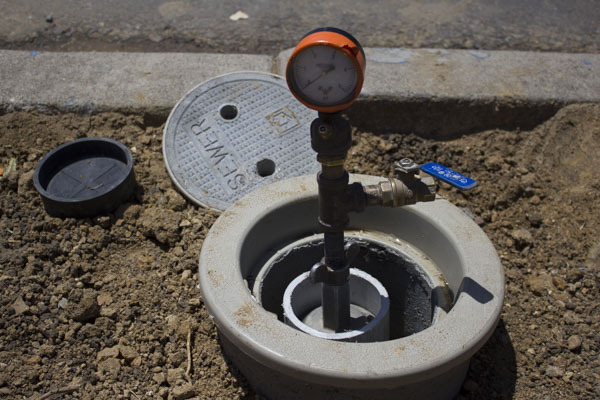

Advantages and Limitations of Each Test
Each type of sewer test has its own advantages and limitations. Understanding the strengths and weaknesses of each test can help you determine which one is most suitable for your specific situation.
1. Visual Inspection
Advantages:
- Provides a direct visual assessment of the condition of your sewer lines.
- Helps identify specific areas of concern, such as cracks, leaks, or blockages.
- Allows for immediate on-site diagnosis and potential repairs.
Limitations:
- Limited to the visibility of the camera and the accessibility of the pipes.
- Cannot detect internal pipe issues that may require additional testing methods.
2. Smoke Testing
Advantages:
- Effective in locating cracks, leaks, or faulty connections within the sewer system.
- Provides quick results and can identify sources of sewer gas odors.
- Relatively cost-effective compared to other testing methods.
Limitations:
- Requires access to the entire sewer system to conduct the test.
- May not be suitable for certain situations, such as in water-sealed traps or dry sewer systems.
3. Dye Testing
Advantages:
- Helps determine the flow of wastewater through the sewer system.
- Provides valuable insights into potential blockages or flow restrictions.
- Non-toxic dye is safe for the environment and does not cause damage to the pipes.
Limitations:
- Requires a controlled environment and proper setup to conduct the test.
- May not be suitable for larger sewer systems or systems with complex piping networks.
4. Hydrostatic Testing
Advantages:
- Effective in identifying leaks, cracks, or weaknesses in the sewer pipes.
- Provides accurate results and helps pinpoint the location of the issues.
- Ideal for testing the integrity of newly installed or suspect pipes.
Limitations:
- Requires the sewer lines to be filled with water, which may cause inconvenience.
- May not be suitable for older or fragile pipes that cannot withstand high-pressure testing.
5. Video Camera Inspection
Advantages:
- Allows for a detailed and visual assessment of the condition of the sewer lines.
- Helps identify specific problems, such as root intrusion or pipe damage.
- Provides real-time footage for immediate diagnosis and potential repairs.
Limitations:
- Limited to the accessibility of the pipes and the length of the camera cable.
- Requires skilled professionals to interpret the camera footage accurately.
6. Drain Flow Testing
Advantages:
- Helps determine the efficiency and functionality of the sewer system.
- Provides quantitative data about the flow rate of wastewater through the drains.
- Cost-effective and relatively easy to conduct.
Limitations:
- Limited to identifying general flow restrictions and blockages.
- Cannot detect specific issues within the sewer lines, such as cracks or leaks.
Choosing the Most Suitable Test
When it comes to choosing the most suitable test for your sewer system, there are several factors to consider. By taking these factors into account, you can make an informed decision that aligns with your needs and preferences. Here are some key considerations:
Severity of the Problem
The severity of the sewer problem will play a significant role in determining the most suitable test. If you are experiencing minor issues, a visual inspection or video camera inspection may provide sufficient information to address the problem. However, for more complex or severe issues, such as pipe damage or extensive blockages, a more comprehensive test like hydrostatic testing may be necessary.
Accessibility of the Pipes
The accessibility of your sewer pipes will also impact your choice of test. Some tests require easy access to the entire sewer system, while others may only require access to specific areas. If your pipes are difficult to reach or located in areas that are not easily accessible, tests like visual inspection or video camera inspection may be more suitable.
Budget and Time Constraints
Your budget and time constraints will also influence your decision. Some tests, like visual inspection or drain flow testing, are relatively cost-effective and can be conducted quickly. On the other hand, tests like hydrostatic testing or video camera inspection may be more time-consuming and costly. Consider your budget and the urgency of the situation when choosing the appropriate test.
Previous Test Results
If you have conducted previous sewer tests, it is essential to consider the results of those tests. Depending on the nature of the previous issues and the effectiveness of the previous testing methods, you may need to repeat the same test or opt for a different one. Consulting with a licensed professional can help you make an informed decision based on the previous test results.
Seeking Professional Advice
Choosing the most suitable test for your sewer system can be challenging. Seeking advice from a licensed professional is highly recommended. A qualified plumber or sewer specialist will assess your specific situation, consider all the relevant factors, and provide expert guidance on which test will be most effective in diagnosing your sewer issues.
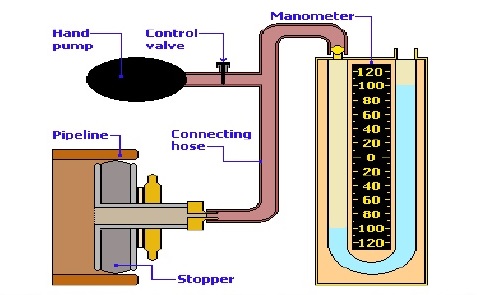

Recommended Test for Different Scenarios
While the most appropriate test for your sewer system will depend on your specific circumstances, here are some recommendations based on common sewer issues:
1. Pipe Blockages
For pipe blockages, a visual inspection or video camera inspection is often recommended. These tests allow professionals to visually identify the location and cause of the blockage, making it easier to determine the best course of action.
2. Leaky Joints
To identify leaky joints, smoke testing is often effective. The smoke will escape through the faulty connections, indicating the areas that require repairs or sealing.
3. Root Intrusion
Video camera inspection is highly recommended for detecting root intrusion. The camera footage will reveal any roots that have grown into the pipes, allowing for targeted removal and repairs.
4. Pipe Damage
In the case of suspected pipe damage, hydrostatic testing is often the most suitable test. This test will help identify any leaks, cracks, or weaknesses in the pipes, providing valuable information for repairs or replacements.
Considerations before Conducting a Test
Before conducting any sewer test, it’s important to consider a few essential factors to ensure a smooth and successful testing process:
Notifying Local Authorities
Some sewer tests may require you to notify local authorities or obtain permits. Make sure to check with your municipal or local government to understand any regulations or requirements before conducting the test.
Safety Precautions
Sewer testing can involve potentially hazardous materials or processes. It is crucial to take proper safety precautions to protect yourself and anyone else present during the test. Follow all safety guidelines and consider wearing appropriate protective gear.
Appointment with a Licensed Professional
While some sewer tests can be performed by homeowners, it is often best to consult with a licensed professional. They have the knowledge, experience, and specialized equipment to conduct the test accurately and provide reliable results.
Informing Neighbors
Certain sewer tests, such as smoke testing, may produce visible smoke or odors that can extend to neighboring properties. It is considerate to inform your neighbors in advance to minimize any potential concerns or confusion.
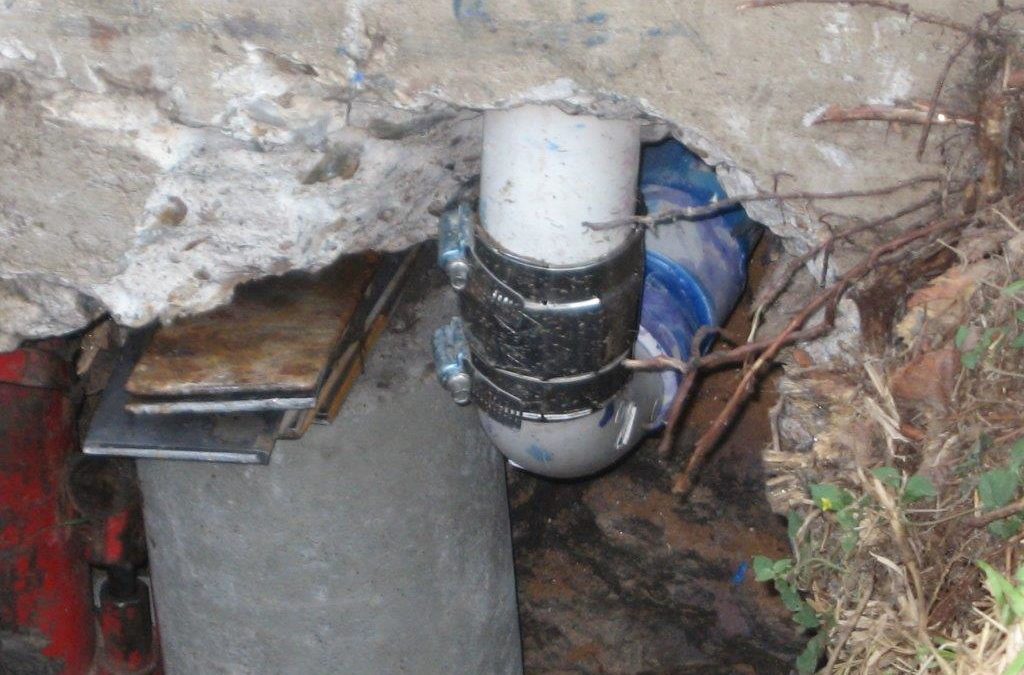

Steps Involved in Conducting the Test
When conducting a sewer test, the following steps are generally involved. While the specific details may vary depending on the type of test, these steps provide a general overview of the process:
1. Preparation
Before conducting the test, ensure that the sewer system is clean and free from any debris or obstructions. Clear the area around the access points and provide sufficient lighting if needed. Gather any necessary equipment and materials for the test.
2. Implementing the Test
Follow the specific instructions for the chosen test method. This may involve introducing smoke, dye, or water into the sewer lines, or inserting a camera into the pipes. Follow all safety guidelines and take note of any changes or observations during the test.
3. Observation and Recording
During the test, carefully observe and document any findings, such as leaks, blockages, or other abnormalities. Take notes, capture photographs or videos if possible, and record any relevant data for future reference and analysis.
4. Assessing the Results
After completing the test, review the results and identify any areas of concern or issues that require further attention. Compare the findings with previous test results, if available, to determine the progression or improvement of the sewer system’s condition.
5. Necessary Repairs or Maintenance
Based on the test results, implement the necessary repairs or maintenance to address the identified issues. This may involve clearing blockages, sealing leaks, removing roots, or replacing damaged pipes. Engaging the services of a licensed plumber or sewer specialist is advisable for complex or extensive repairs.
Regular Maintenance for Sewer Systems
Regular maintenance is crucial for maintaining the efficiency and longevity of your sewer system. By implementing preventive measures and scheduling routine inspections, you can prevent potential sewer problems and ensure a healthy living environment. Here are some essential aspects of regular sewer system maintenance:
Frequency of Inspections
Routine inspections should be conducted on a regular basis to identify any potential sewer issues before they escalate. The frequency of inspections will depend on various factors, including the age of your sewer system, the number of occupants in your home, and the presence of previous issues. Consult with a licensed professional to determine the appropriate inspection schedule for your specific circumstances.
Preventive Measures
Implementing preventive measures can help minimize the risk of sewer problems. Some preventive actions include avoiding flushing non-biodegradable materials down the toilet, properly disposing of grease and oil, and refraining from planting trees near your sewer lines. Additionally, regular drain cleaning and maintenance can help prevent debris buildup and blockages.
Professional Cleaning Services
Periodic professional cleaning services, such as hydro jetting or high-pressure water jetting, can further enhance your sewer system’s performance. These services involve using pressurized water to clear out any accumulated debris or blockages within the pipes. Professional cleaning can help maintain optimal flow and prevent future problems.
In conclusion, understanding common sewer issues, recognizing signs of sewer problems, and conducting proper sewer testing are crucial for maintaining a well-functioning sewer system. By being proactive in identifying and addressing sewer issues, you can prevent extensive damage, ensure the health and hygiene of your home, and prolong the lifespan of your sewer system. Remember to choose the most suitable test for your specific situation, seek professional advice when needed, and prioritize regular maintenance to keep your sewer system in optimal condition.



